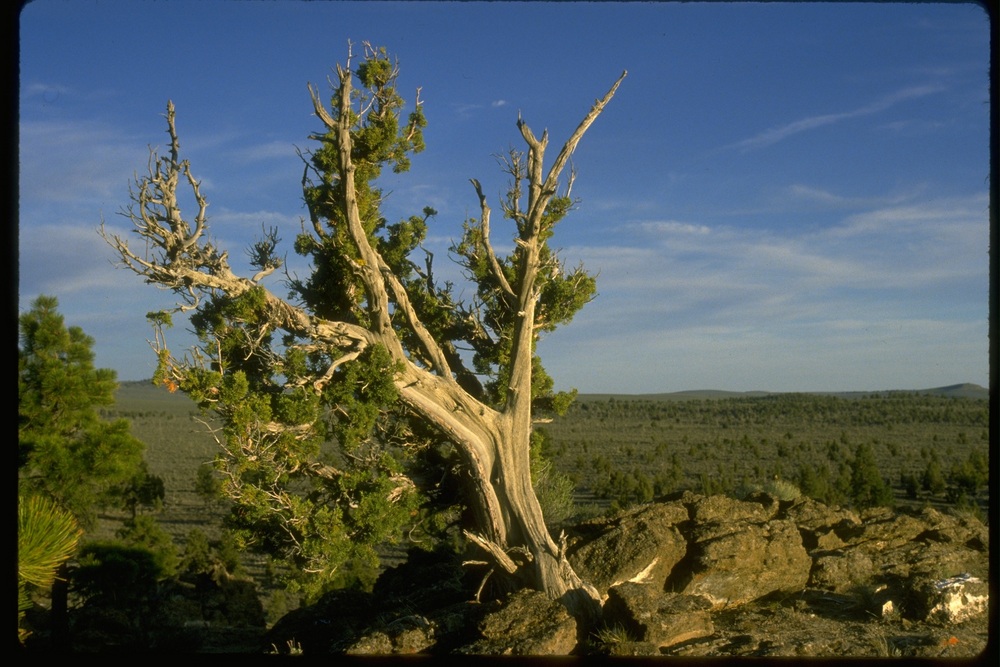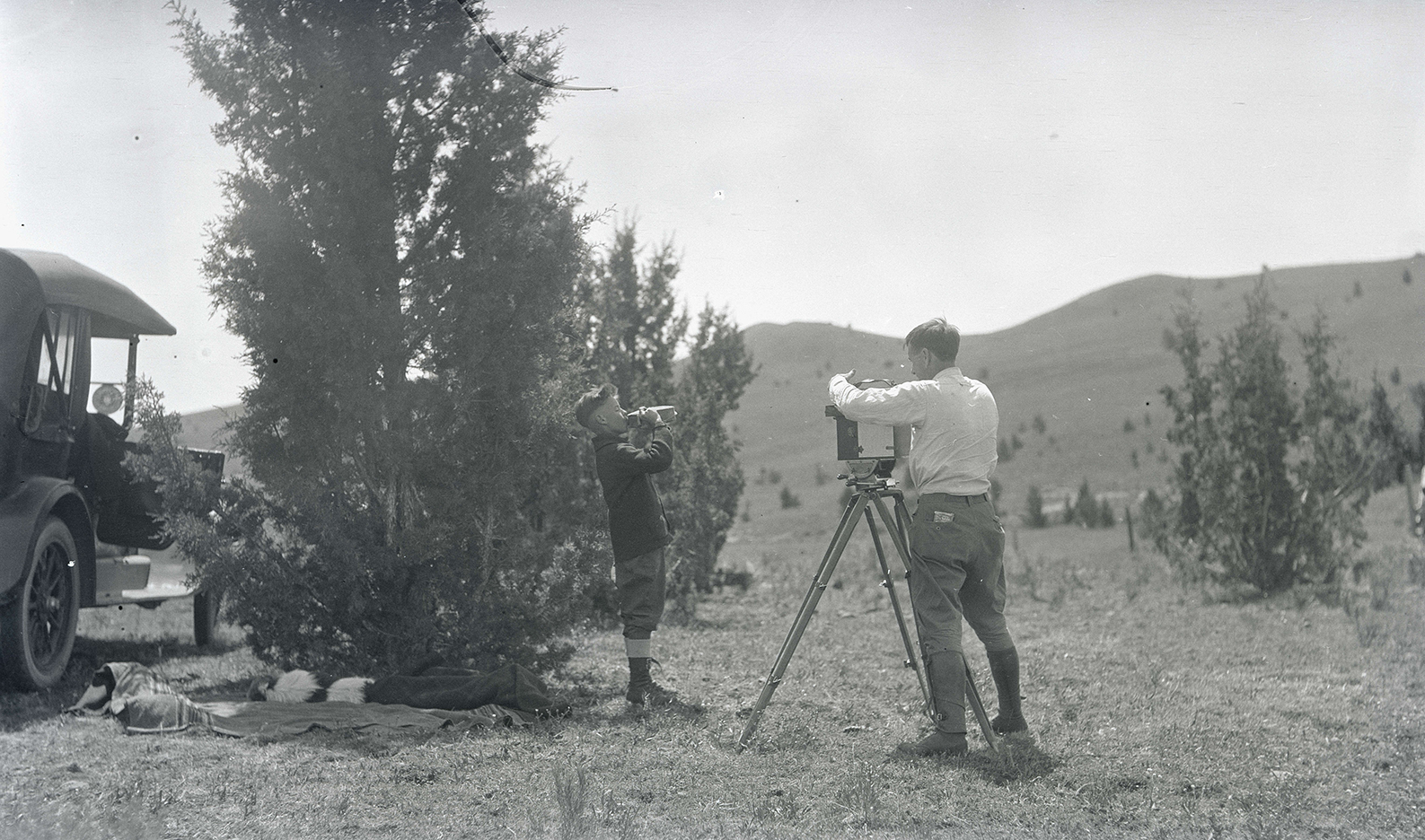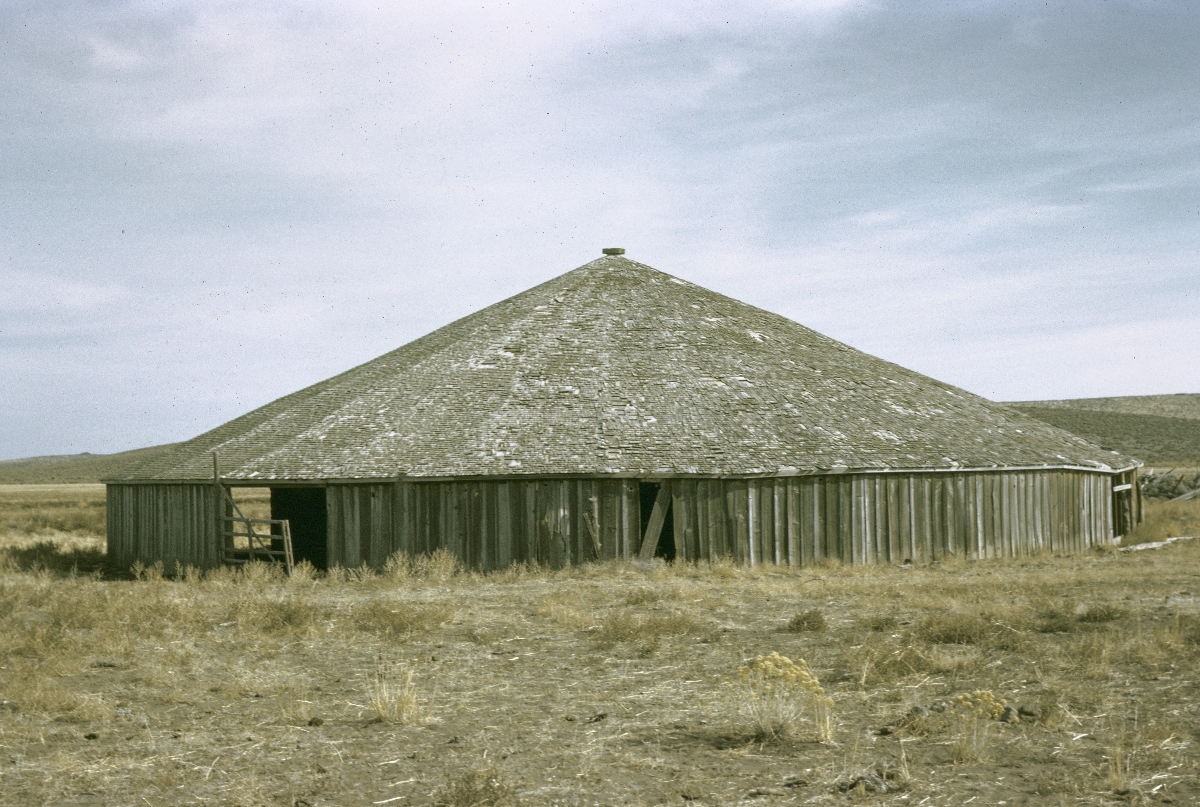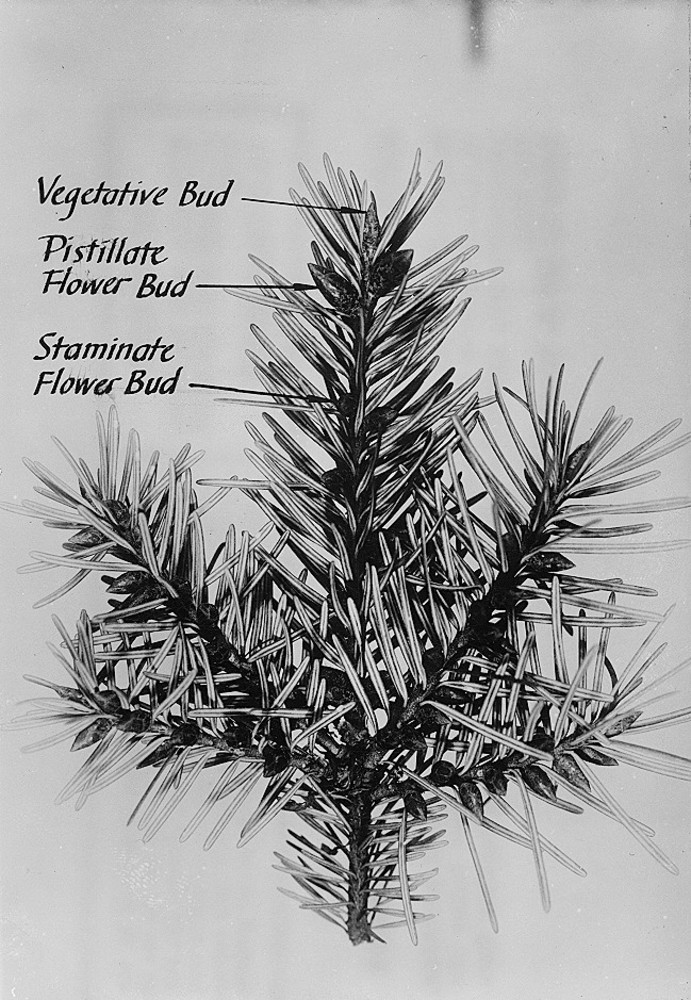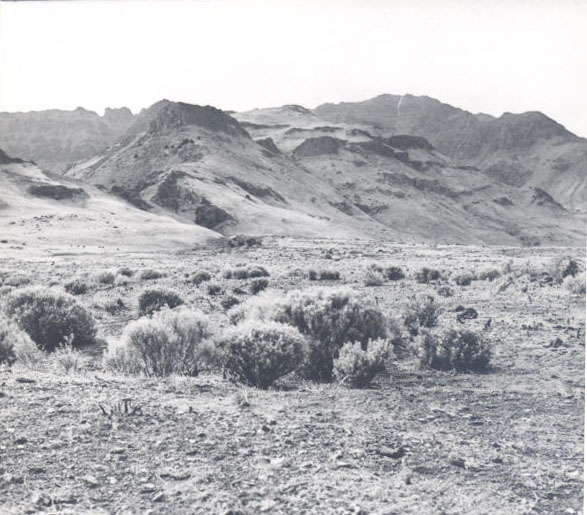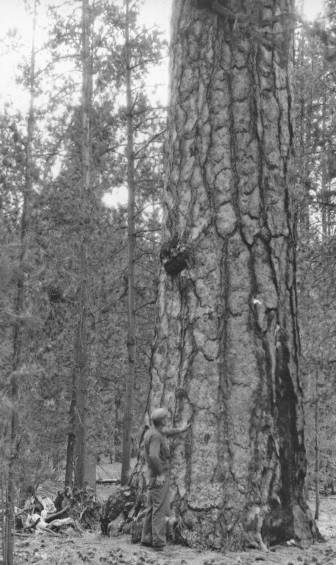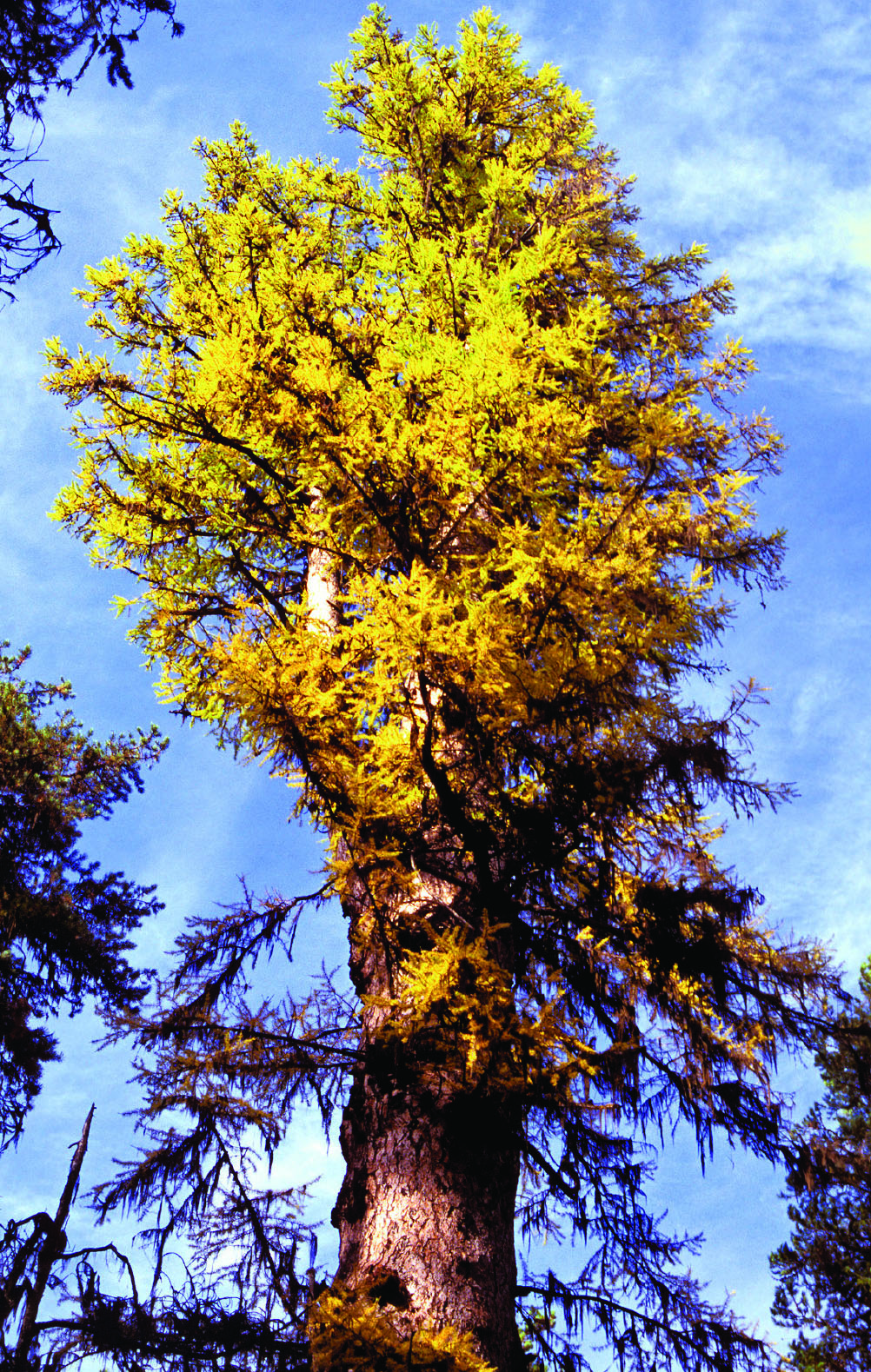Western juniper (Juniperus occidentalis) is emblematic of central and eastern Oregon, where it thrives in the arid climate and extreme temperatures of the high desert. In addition to western juniper, two other junipers occur in Oregon: common juniper (Juniperus communis) and Rocky Mountain juniper (Junperus scopulorum).
Characterized by grey-green branchlets, western juniper has a powdery blue, berry-like cone with a thin waxy coat that is easily rubbed off. Junipers may be low and spreading with small needle-like leaves (common juniper) or a tree with scale-like leaves (Rocky Mountain and western juniper).
Western juniper is widely distributed across the cold, arid, central and eastern Oregon landscape between sagebrush flats and pine forests. It does not tolerate shade, and fire easily kills it. Fire suppression and livestock grazing, which has reduced the grasses that fuel fires, have allowed it to expand into sagebrush flats. Birds and rodents spread junipers by eating the so-called berries, thus scarifying the seeds as they pass through an animal's digestive tract.
The leaves and berries of western juniper have been used medicinally by Native Americans in infusions, decoctions, and poultices for a number of different aliments. Ranchers have found that the trunks of junipers make nearly indestructible fence posts, and the wood has been used to create novelty items such as lamps and furniture. The Round Barn built by early settler and rancher Peter French in Harney County used large juniper trees in its construction, and it has stood on the Malheur National Wildlife Refuge since the 1870s.
-
![]()
Western Juniper.
Bureau of Land Management
-
![]()
Porcupine in a juniper tree, 1908.
Oregon Historical Society Research Library, OrgLot369_FinleyA2335 -
![]()
William Finley filming his son in front of a juniper, 1919.
Oregon Historical Society Research Library, OrgLot369_FinleyD0183 -
![Peter French Round Barn]()
Peter French Round Barn.
Peter French Round Barn Courtesy University of Oregon Libraries, photo by Gilman Davis, pna_13371
Related Entries
-
![Douglas-fir]()
Douglas-fir
Douglas-fir (Pseudotsuga menziesii), perhaps the most common tree in Or…
-
![High Desert]()
High Desert
Oregon’s High Desert is a place apart, an inescapable reality of physic…
-
![Peter French Round Barn]()
Peter French Round Barn
Standing clear on a low rise in a sagebrush-dotted expanse of the easte…
-
![Ponderosa pine]()
Ponderosa pine
Ponderosa pine (Pinus ponderosa)—also known as yellow, western yellow, …
-
![Western larch]()
Western larch
Western Larch (Larix occidentalis) often goes unnoticed much of the yea…
Map This on the Oregon History WayFinder
The Oregon History Wayfinder is an interactive map that identifies significant places, people, and events in Oregon history.
Further Reading
Arno, S.F., and R.P. Hammerly. Northwest Trees. Rev. ed. Seattle: Mountaineers Books, 2007.
Jensen, E.C., D.M. Bever, W.R. Randall, and R.F. Keniston. Manual of Oregon Trees and Shrubs. Corvallis: John Bell and Associates, 2002.
Jensen, E.C., and C.R. Ross. Trees to Know in Oregon. Rev. ed. Corvallis: Oregon State University Extension Service, 2005.
Moerman D.E. Native American Ethnobotany. Portland: Timber Press, 1998.



